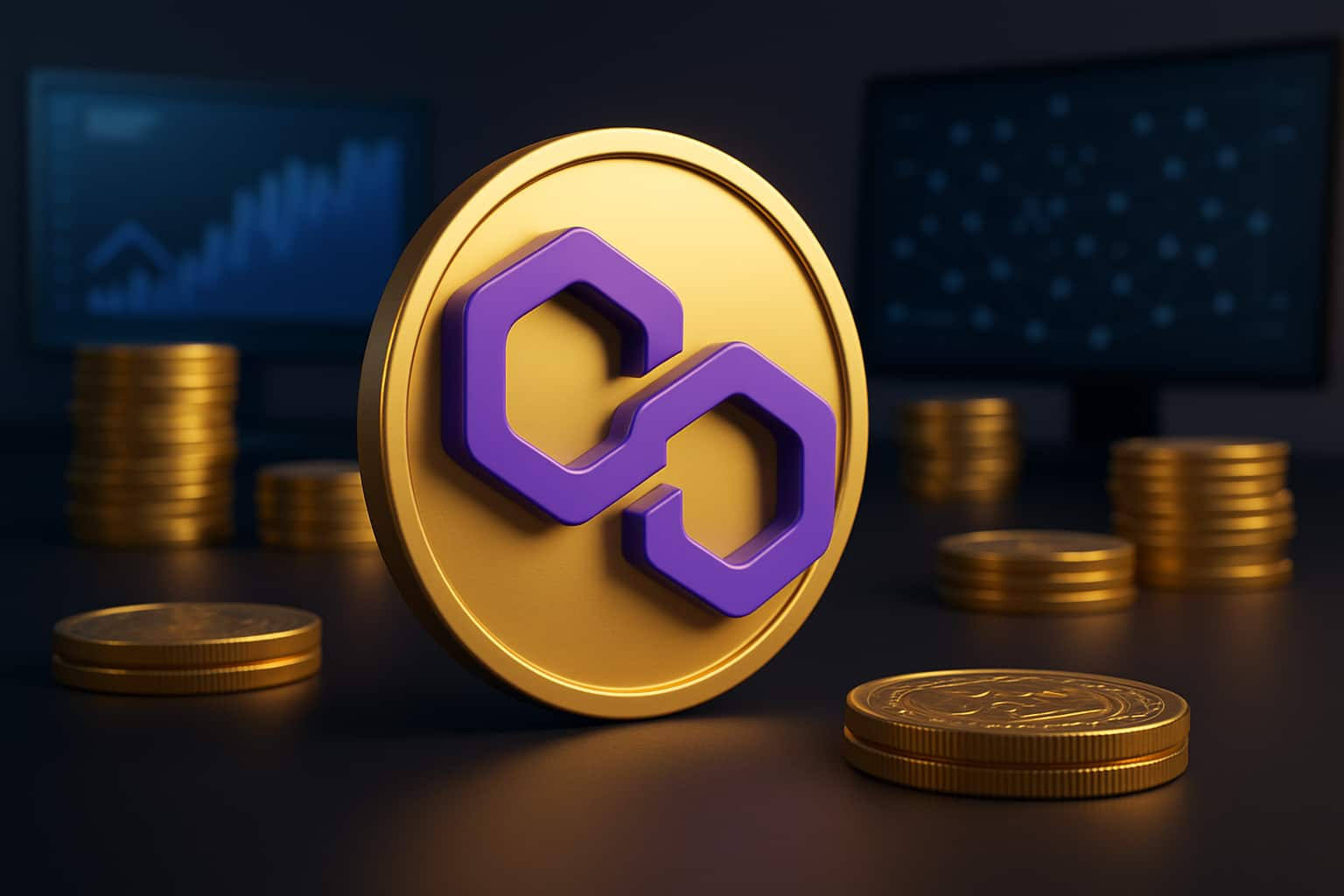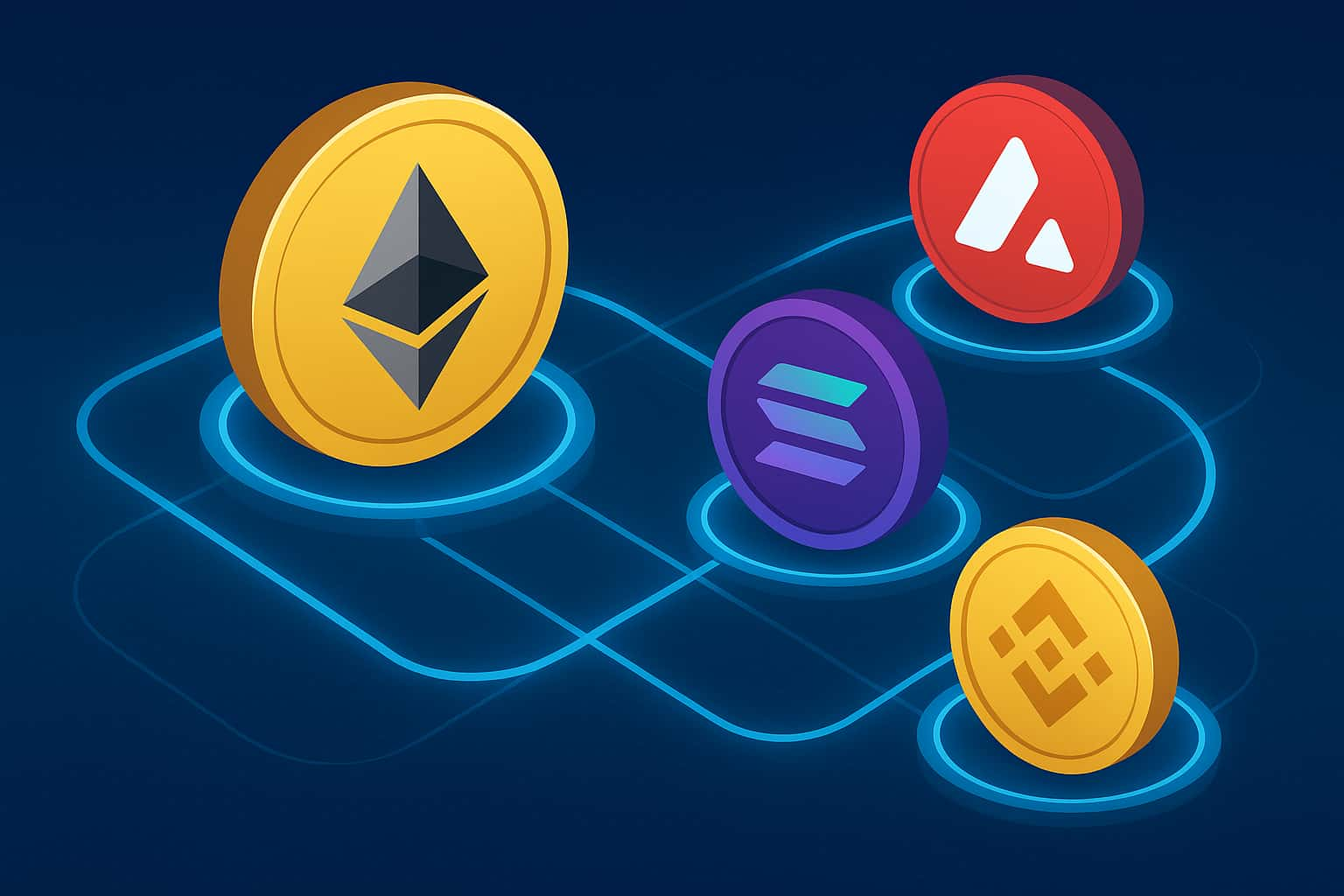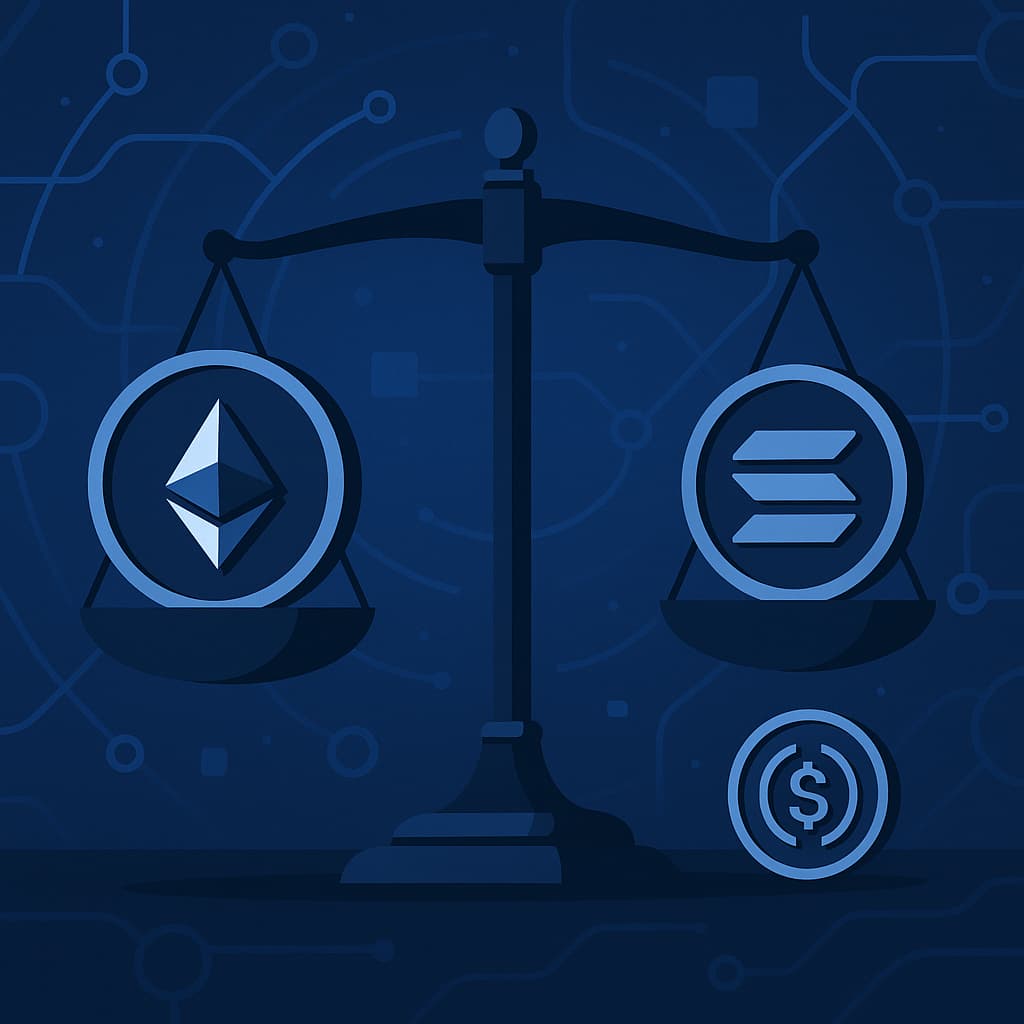-
In today's rapidly evolving financial landscape, cryptocurrency exchange development services have emerged as a critical means that empower individuals and institutions to build advanced crypto exchanges enabling the trading of digital assets. This comprehensive guide is designed for B2B decision-makers, developers, and technology leaders who are considering entering or upgrading their presence in the crypto space. We will explore the full development lifecycle of a crypto exchange—from conceptualization to deployment and beyond—highlighting best practices, technical considerations, and industry trends.
Introduction
The cryptocurrency market is booming, with millions of users seeking secure, efficient, and innovative platforms to exchange digital assets. As blockchain technology continues to mature, businesses are recognizing the immense potential in developing proprietary crypto exchange software. Whether you're a startup aiming to disrupt the market or an established financial institution looking to diversify your offerings, understanding the technical intricacies and best practices of crypto exchange software development is critical.
This guide covers:
- An overview of crypto exchange platforms and their types.
- A detailed, step-by-step approach to developing a robust crypto exchange.
- Technical challenges, best practices, and regulatory considerations.
- Future trends and FAQs for further clarity.
Overview of Crypto Exchange Software Development
What is Crypto Exchange Software?
Crypto exchange software refers to a comprehensive platform that enables the trading of cryptocurrencies. These platforms facilitate the buying, selling, and exchanging of digital assets with integrated features that cater to both novice traders and experienced investors.
Types of Crypto Exchanges
Understanding the types of crypto exchanges is essential when planning your development strategy:
- Centralized Exchanges (CEX):
Operated by centralized entities, these platforms manage user funds and transactions on a single server or cluster. They offer higher liquidity and faster transactions but come with a single point of failure and regulatory challenges. - Decentralized Exchanges (DEX):
Built on blockchain technology, DEXs allow peer-to-peer trading without a central authority. They offer enhanced security and privacy, although liquidity and user experience can be less favorable compared to centralized platforms. - Hybrid Exchanges:
Combining features of both CEX and DEX, hybrid exchanges aim to provide a balanced solution that leverages high liquidity and robust security protocols.
Also, Read | Layer 2 Solutions for Crypto Exchange Development
Why Build a Crypto Exchange Platform?
For B2B stakeholders, launching a crypto exchange is not just about technology—it's about tapping into a lucrative market with expansive growth potential. Here are key reasons why building a crypto exchange platform is a strategic move:
- Market Demand:
With increasing interest in digital assets, there is a sustained demand for secure, user-friendly exchange platforms. - Revenue Opportunities:
Transaction fees, premium services, and additional revenue streams such as margin trading and lending services contribute to significant revenue potential. - Innovation & Brand Leadership:
Developing cutting-edge technology can position your brand as an industry leader and attract strategic partnerships. - Diversification:
A crypto exchange can diversify your service portfolio, opening new avenues for business growth and customer engagement.
Key Components of a Crypto Exchange Platform
Before diving into the development process, it's crucial to understand the core components of a crypto exchange software solution:
Trading Engine
- Core Functionality:
The trading engine is the heart of the platform, responsible for order matching, execution, and maintaining market depth. It must handle high-frequency trading and large volumes of orders with minimal latency. - Scalability:
A robust trading engine should be designed to scale efficiently as user demand grows.
User Interface (UI) & User Experience (UX)
- Intuitive Design:
A clean, responsive UI is essential for both beginners and seasoned traders. - Real-Time Data Visualization:
Charts, order books, and live price feeds must be updated in real time to aid decision-making.
Security and Compliance
- Data Protection:
Encryption, two-factor authentication (2FA), and secure key management are non-negotiable for protecting sensitive user data. - Regulatory Compliance:
Adherence to Know Your Customer (KYC) and Anti-Money Laundering (AML) regulations is critical for legal operations in various jurisdictions.
Payment Gateway & Fiat Integration
- Smooth Onboarding:
Integration with payment processors and banking APIs ensures seamless deposits and withdrawals. - Multi-Currency Support:
Accommodate both crypto and fiat currencies to attract a broader user base.
Blockchain Integration & Wallet Management
- Digital Wallets:
Secure wallet integration allows users to manage their assets on the platform. - Blockchain Protocols:
Support for multiple blockchains (Bitcoin, Ethereum, etc.) and tokens is essential for platform versatility.
Also, Check | Cross-Chain Swaps | Empowering Crypto Exchange Development
Step-by-Step Guide to Crypto Exchange Software Development
Developing a crypto exchange involves several meticulous steps. Below is a detailed roadmap to guide you through the process.
Step 1: Requirement Analysis and Feasibility Study
- Define Business Goals:
Clearly outline the objectives of your crypto exchange. Are you targeting retail traders, institutional investors, or both? - Feasibility Study:
Assess the technical, financial, and operational feasibility. Consider market size, competition, and regulatory landscapes.
Step 2: Market Research and Competitive Analysis
- Identify Gaps:
Conduct thorough research to identify gaps in current offerings. - User Personas:
Develop detailed buyer personas to understand user needs and preferences. - Competitor Benchmarking:
Analyze existing exchanges to identify best practices and areas for improvement.
Step 3: Platform Architecture and Technology Stack Selection
- Architecture Design:
Choose a scalable, microservices-based architecture that can handle high loads and rapid growth. - Technology Stack:
Select the best-fit technologies for both front-end (e.g., React, Angular) and back-end (e.g., Node.js, Python, Java) development. Consider using blockchain frameworks like Ethereum, Hyperledger, or Binance Smart Chain. - Database & Infrastructure:
Opt for high-performance databases (e.g., PostgreSQL, MongoDB) and cloud hosting solutions that provide redundancy and disaster recovery capabilities.
Step 4: Designing the User Interface and Experience
- Wireframing & Prototyping:
Develop detailed wireframes and prototypes to map out the user journey. - Responsive Design:
Ensure the design is mobile-friendly and accessible across various devices. - User Testing:
Conduct usability tests to refine navigation, layout, and visual elements.
Step 5: Development of Core Components
- Front-End Development:
Create an interactive, responsive UI that delivers real-time data updates and seamless user interactions. - Back-End Development:
Build the server-side logic, integrating APIs, databases, and trading engines. - API Integration:
Develop robust APIs for communication between various modules, such as trading engines, user authentication, and payment gateways.
Step 6: Integrating Blockchain Protocols and Wallet Management
- Wallet Integration:
Integrate secure digital wallets that support multi-currency transactions. - Blockchain Connectivity:
Implement blockchain nodes to facilitate on-chain transactions and record keeping. - Smart Contracts:
Where applicable, develop and deploy smart contracts to automate trading and settlement processes.
Step 7: Implementation of Security Measures and Regulatory Compliance
- Encryption & Data Security:
Implement state-of-the-art encryption protocols to secure data in transit and at rest. - Multi-Factor Authentication:
Introduce 2FA and biometric verification to enhance account security. - Regulatory Frameworks:
Integrate comprehensive KYC and AML systems to comply with global regulatory standards.
Step 8: Comprehensive Testing and Quality Assurance
- Unit Testing:
Conduct thorough unit testing to verify the functionality of individual components. - Integration Testing:
Ensure seamless communication between different modules and systems. - Security Testing:
Perform penetration testing, vulnerability assessments, and stress tests to identify and mitigate risks. - User Acceptance Testing (UAT):
Engage a group of end users to validate the platform's usability and performance.
Step 9: Deployment and Launch Strategies
- Staging Environment:
Deploy the platform in a staging environment for final validation. - Deployment Strategy:
Choose between cloud-based deployment or on-premises solutions based on your scalability and security requirements. - Launch Plan:
Develop a comprehensive go-to-market strategy that includes marketing, user onboarding, and support infrastructure.
Step 10: Post-Launch Maintenance and Continuous Improvement
- Monitoring:
Implement real-time monitoring and analytics to track system performance and user behavior. - Feedback Loops:
Establish channels for user feedback to drive continuous improvements. - Regular Updates:
Schedule periodic updates to enhance functionality, security, and performance.
Also, Discover | Scratch-Built Vs. White-Label Crypto Exchange Software
Technical Challenges and Best Practices
Developing a crypto exchange platform presents unique technical challenges that require careful planning and execution. Below are some of the key challenges and best practices:
Scalability and Performance
- Challenge:
Handling high-frequency trading and large volumes of simultaneous transactions. - Best Practice:
Adopt a microservices architecture and utilize load balancers, caching, and cloud scalability options to ensure performance under peak loads.
Security and Data Protection
- Challenge:
Preventing cyber-attacks, data breaches, and unauthorized access. - Best Practice:
Implement robust security protocols, including SSL encryption, DDoS protection, and continuous monitoring. Regularly update security measures in response to emerging threats.
Regulatory Compliance
- Challenge:
Navigating the complex global regulatory landscape for cryptocurrencies. - Best Practice:
Work with legal experts to develop compliance frameworks that integrate KYC/AML processes and adhere to local regulations. Consider adopting a modular compliance system that can be easily updated as laws change.
User Experience and Adoption
- Challenge:
Balancing technical complexity with a seamless user experience. - Best Practice:
Invest in UX design and continuous testing to ensure that the platform remains accessible and engaging for all user segments.
Also, Explore | Oodles Scaffold | Your Ideal White-Label Crypto Exchange
B2B Considerations in Crypto Exchange Software Development
When developing crypto exchange software for business-to-business purposes, several strategic considerations come into play:
Customization and White-Label Solutions
- White-Label Platforms:
Many B2B clients prefer white-label solutions that can be customized to reflect their brand identity. - Modular Architecture:
A modular design allows businesses to add or remove features based on their target market needs.
Enterprise-Grade Security and Reliability
- High Availability:
Businesses demand platforms that ensure maximum uptime and data integrity. - Compliance:
Prioritize compliance with international standards and industry best practices to gain trust among institutional investors.
Scalability and Performance for B2B Clients
- Load Handling:
B2B platforms must be capable of handling significant trading volumes and peak loads. - Customization:
Provide flexible APIs and integration tools to enable seamless connectivity with existing enterprise systems.
You may also like | The Emergence of Hybrid Crypto Exchange Development
Future Trends in Crypto Exchange Software Development
As the cryptocurrency industry evolves, new trends and technological advancements are reshaping crypto exchange software development:
Integration of Decentralized Finance (DeFi)
- Emerging Use Cases:
DeFi protocols offer innovative ways to provide liquidity and yield farming, expanding the functionality of traditional exchanges. - Hybrid Models:
Expect to see more hybrid models that blend centralized efficiency with decentralized security.
Artificial Intelligence and Machine Learning
- Enhanced Trading Algorithms:
AI and ML can optimize order matching, detect fraudulent activities, and predict market trends. - User Personalization:
These technologies enable platforms to offer personalized experiences and targeted trading recommendations.
Blockchain Interoperability
- Cross-Chain Solutions:
Future platforms may support interoperability between different blockchain networks, allowing seamless trading across multiple protocols. - Standardization:
Emerging standards and protocols will likely simplify the integration of diverse blockchain ecosystems.
Advanced Security Protocols
- Quantum-Resistant Algorithms:
As quantum computing develops, future security measures may incorporate quantum-resistant algorithms to secure transactions. - Decentralized Identity (DID):
Innovations in identity verification could enhance user security while simplifying compliance processes.
You may also check | Essentials for Developing a P2P Crypto Exchange Platform
Frequently Asked Questions (FAQ)
Q1: What is crypto exchange software development?
A: Crypto exchange software development involves creating platforms that enable the trading of cryptocurrencies. This process encompasses everything from designing the user interface to building a secure trading engine, integrating blockchain protocols, and ensuring regulatory compliance.
Q2: How long does it typically take to develop a crypto exchange platform?
A: The development timeline can vary based on the complexity of the platform, desired features, and regulatory requirements. Generally, it can take anywhere from 6 months to over a year to develop a fully functional and secure crypto exchange.
Q3: What are the key components of a crypto exchange?
A: The essential components include a robust trading engine, user interface (UI) and experience (UX), security systems (such as 2FA and encryption), payment gateway integration for fiat currencies, and blockchain protocols for wallet and asset management.
Q4: How do regulatory requirements affect crypto exchange development?
A: Regulatory requirements are critical and can significantly impact design and development. Compliance with KYC/AML guidelines, data protection laws, and local regulations is essential for legal operation and gaining user trust. This necessitates incorporating modular compliance frameworks that can be updated as regulations evolve.
Q5: What are the primary security challenges faced in crypto exchange development?
A: Security challenges include protecting against cyber-attacks, ensuring data integrity, and preventing unauthorized access. Best practices such as implementing robust encryption protocols, multi-factor authentication, continuous monitoring, and regular security audits are essential to mitigate these risks.
Q6: What future trends should businesses consider when developing a crypto exchange?
A: Future trends include the integration of decentralized finance (DeFi), the adoption of artificial intelligence (AI) and machine learning (ML) for enhanced trading and security, blockchain interoperability, and advanced security measures like quantum-resistant algorithms.
Conclusion
Crypto exchange software development is a multifaceted process that requires a strategic approach, robust technical expertise, and an unwavering commitment to security and regulatory compliance. By following the step-by-step guide outlined above, businesses can build a scalable, secure, and user-friendly platform that meets the demands of today's rapidly evolving cryptocurrency market. Whether you're developing a white-label solution or a fully customized exchange, understanding the intricacies—from market research and architectural design to rigorous testing and deployment—will ensure your platform is well-positioned for success.
In a market where innovation is key and security is paramount, the development of a crypto exchange platform represents both an opportunity and a challenge. With continuous technological advancements and evolving regulatory landscapes, staying informed and adaptable is crucial for any business looking to make a lasting impact in the crypto industry.
Embrace the journey of crypto exchange software development as a strategic investment into the future of finance. With meticulous planning, dedicated execution, and ongoing improvements, your platform can become a trusted gateway in the digital asset ecosystem.
This guide is intended to serve as a foundational resource for stakeholders seeking to understand and navigate the complexities of crypto exchange software development. By adhering to best practices and leveraging emerging trends, businesses can not only meet current market demands but also anticipate future challenges and opportunities in this dynamic space.
Feel free to reach out to our skilled crypto exchange developers for further consultation or explore additional resources to deepen your understanding of this transformative industry.

Our Offices
INDIA
Emaar Digital Greens, Sector 61,
Gurugram, Haryana
122011.
Welldone Tech Park,
Sector 48, Sohna road,
Gurugram, Haryana
122018.














